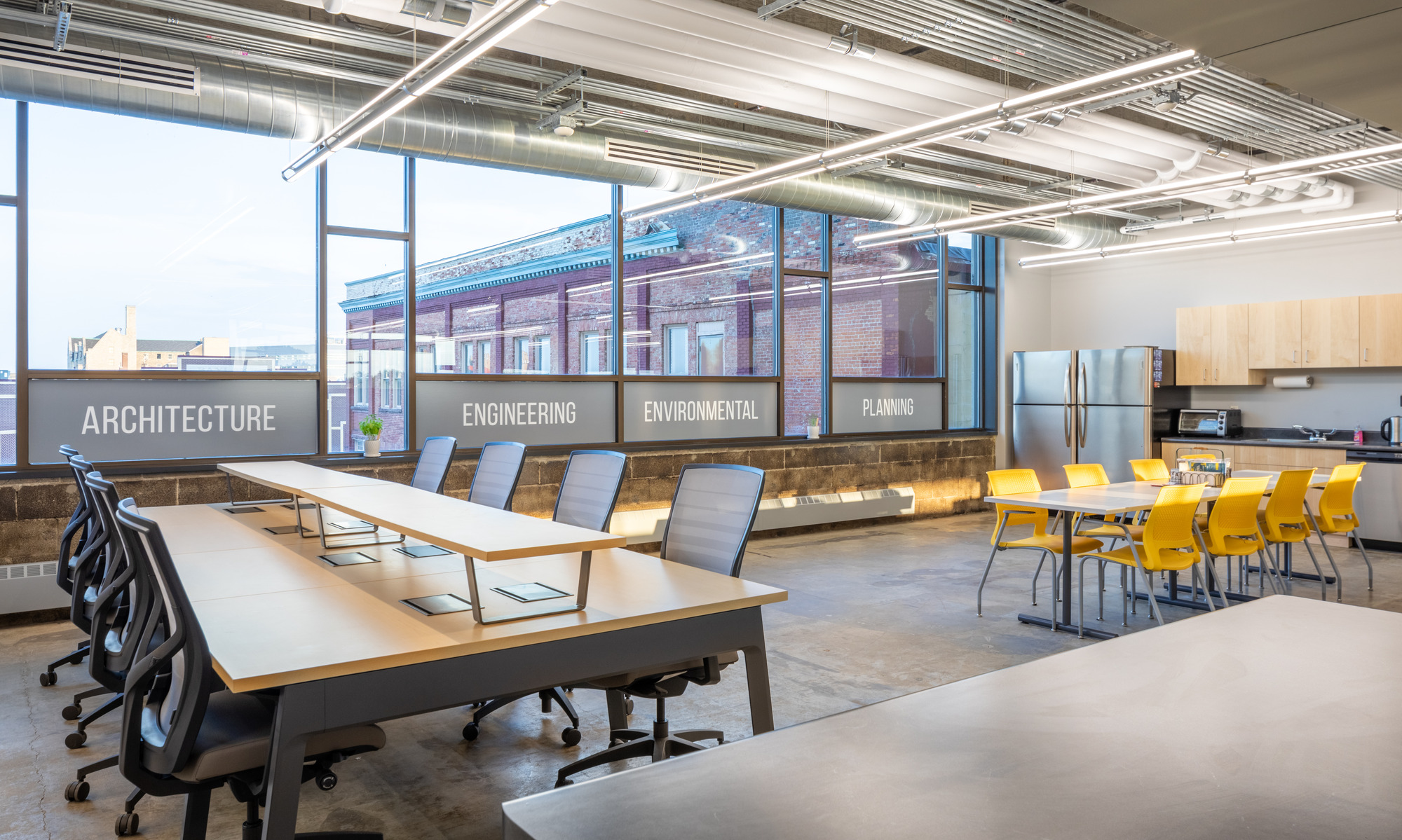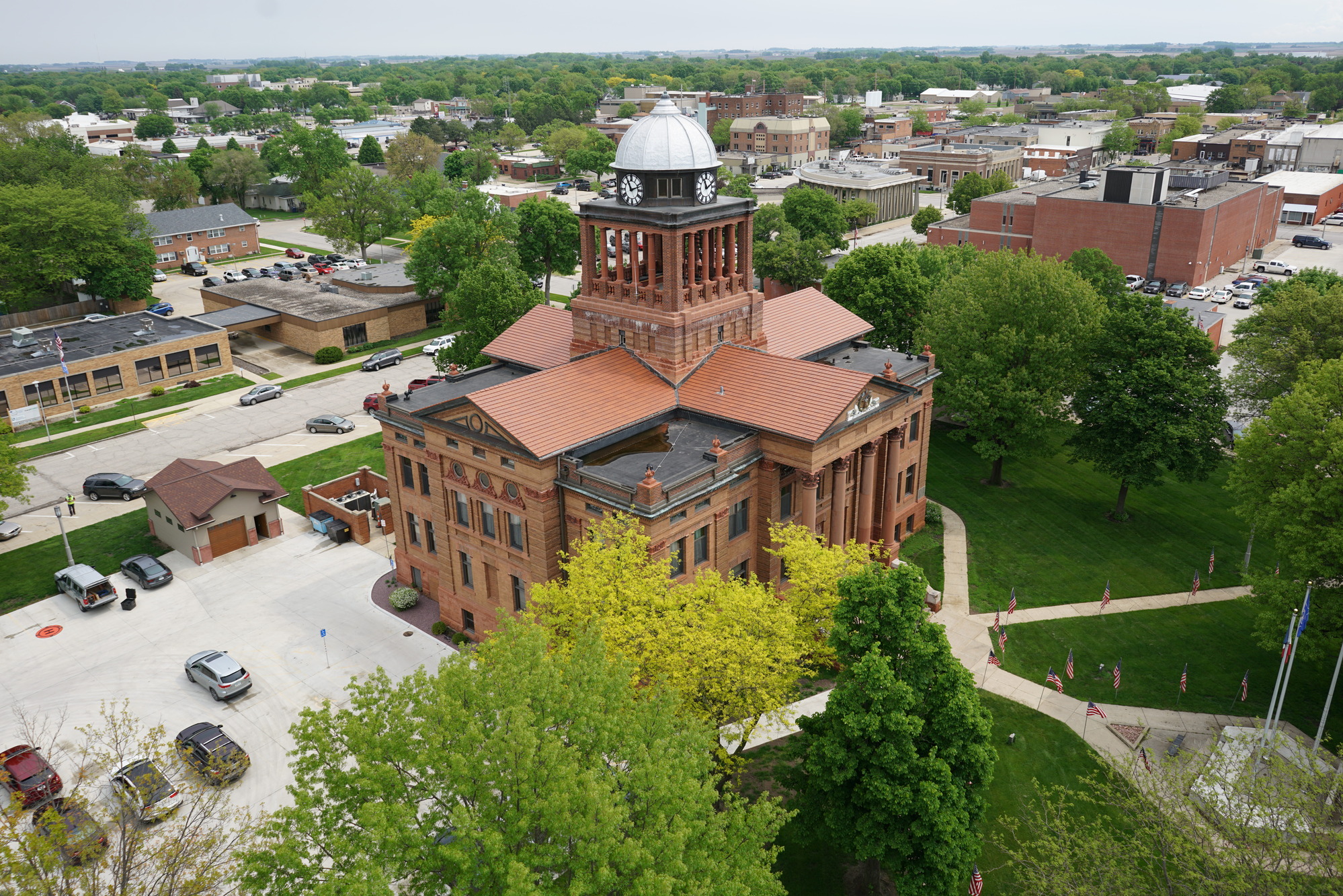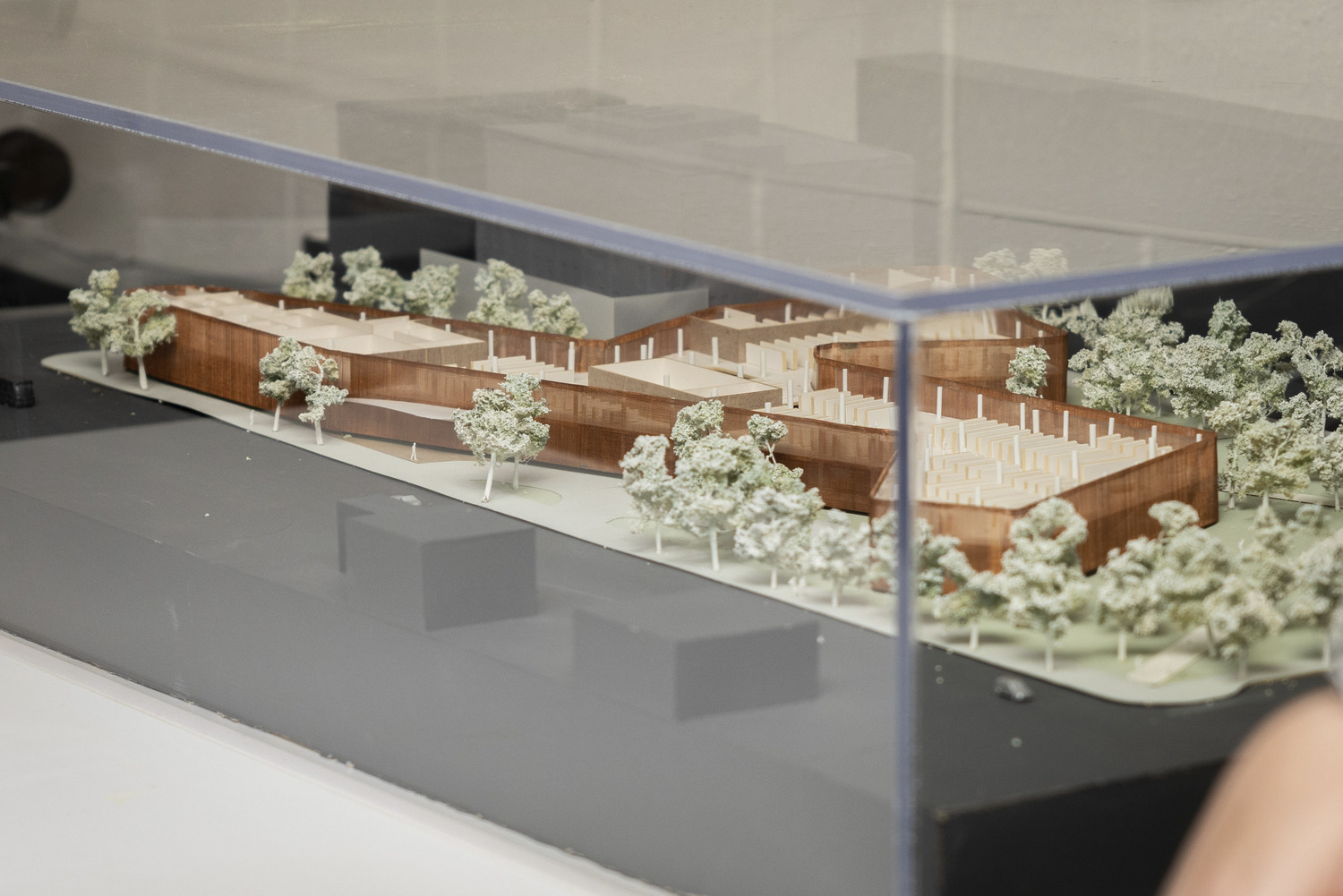ISG news
The Latest at ISG
Learn how ISG is setting the pace in the industry. From big picture thinking to granular details captured with our innovative technology we don’t slow down. Instead, we continually explore new ways that we can make tomorrow better than today.



Making Moves: The Benefits of Relocation
As ISG continues to grow and expand to new geographies, we want to share a few non-traditional benefits that have come with employee owners choosing to relocate. Culture transplants ensure that as we continue to grow, we stay true to our core values, mission, purpose, and culture, which not only benefits ISG employee owners, but our clients as well. This why we encourage relocation across all our locations.

.webp)

Navigating the MS4 Permit Program: How ISG Supports Communities Every Step of the Way
The management of stormwater runoff is a pressing concern for cities across the nation, and the Municipal Separate Storm Sewer System (MS4) permit program is a critical framework designed to protect water quality and our natural resources.



Environmental Firm to Host Second Annual Southern Minnesota Lake Resources Conference
ISG will host the second annual Future of Southern Minnesota Lakes Conference at the Mayo Clinic Health System Event Center in Mankato, Minnesota. The conference will open on Friday evening, April 12, with a fireside chat featuring writer and host of the television show "Minnesota Bound," Ron Schara. The evening is an exclusive opportunity for conference attendees to share stories about Minnesota’s natural resources and learn from one another in a relaxed atmosphere.



Shared Visions, Shared Spaces: Making Use of Public and Private Partnerships for New Library and Housing Development
New Richmond, Wisconsin is on track to expand its library and housing options through a joint effort of the City, school district, and a private developer.



Optimize Maintenance + Reveal Opportunities with Facilities Assessments
The Clay County Board of Supervisors (County) knew they needed to address facility repairs in their Administration Building, Courthouse, and General Services Center. While maintaining public buildings does not generate excitement, County leaders recognized that deferring upkeep of public facilities can cost more in the long run if left unaddressed and may result in limiting other more impactful projects.
LET'S chat.



.svg)
